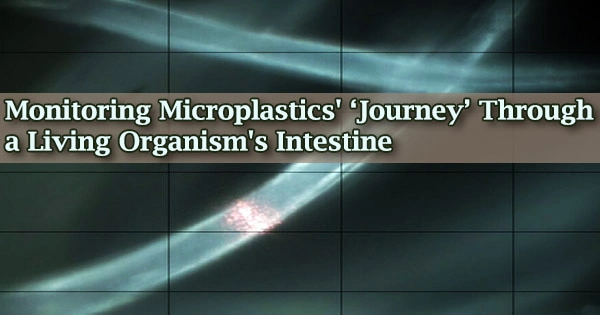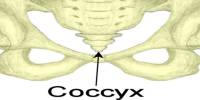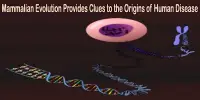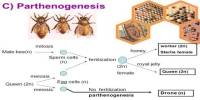The behavior of microplastics during their “journey” through the intestinal tract of a living organism has been tracked by a UAB research team, and what happens along the way has been illustrated.
The research, which was conducted on Drosophila melanogaster using electron microscope equipment designed by the researchers, is a crucial step toward a more exact assessment of the health hazards associated with exposure to these contaminants.
Microplastics are small plastic particles, as the name implies. They are officially described as polymers with a diameter less than five millimeters (0.2 inches) smaller than a normal pearl used in jewelry. Microplastics are divided into two types: main and secondary.
The behavior of micro and nanoplastics (MNPLs) inside the body is an issue that can’t be answered in people right now, and in vitro models aren’t helpful either. As a result, we must seek out models that will enable us to answer this issue.
Furthermore, present technologies for detecting and measuring their presence in various human biological samples have limitations, making an accurate assessment of the health risk of exposure impossible.
In this context, researchers from the Universitat Autnoma de Barcelona’s Mutagenesis Research Group have been able to trace MNPLs as they “journey” from the environment to the interior of a living organism.
They did so by using electron microscopy and larvae of the Drosophila melanogaster fly, a commonly utilized model organism for studying biological events and processes.
Our work adds information on what happens, in terms of effects, when the exposure is to nanoplastics, which, due to their small size, are of particular relevance to us, because of their greater capacity to break down biological barriers and produce toxicological effects that can affect the health of organisms, including humans.
Alba Hernández Bonilla
The researchers used commercial polystyrene of nanometric diameters to study the behavior of MNPLs throughout their course.
They were able to see the interaction of MNPLs with the microbiota and cells of the membrane that recovers the inside of the intestines, their ability to cross the intestinal barrier, and their presence in haemolymph, which is human blood, and blood cells, which correspond to our lymphocytes, thanks to the “photographic report” they obtained.
“In addition to establishing a new methodological approach, our study confirms the great advantages of Drosophila melanogaster as a model to determine the potential harmful effects associated with the ingestion of these pollutants,” explains Ricard Marcos, researcher at the Department of Genetics and Microbiology of the UAB and coordinator of the study.
Effects at the nanometric level
Although no significant toxicity was detected, the exposure elicited a broad molecular reaction, affecting the expression of genes involved in the general response to stress, oxidative damage, and genotoxicity, as well as genes implicated in the response to physical damage on the intestinal barrier.
“Our work adds information on what happens, in terms of effects, when the exposure is to nanoplastics, which, due to their small size, are of particular relevance to us, because of their greater capacity to break down biological barriers and produce toxicological effects that can affect the health of organisms, including humans,” says Alba Hernández Bonilla, a researcher at the UAB and co-author of the study.
The majority of MNPL impacts have been studied in micro and even millimetric scales, and in aquatic models, primarily marine. Nanoplastics in vivo investigations are basically non-existent.
The study’s relevance, which utilised approaches that had never been used for these goals before, is evident in this context, according to the researchers.
The study, which was recently published in the journal Environmental Sciences: Nano, is part of the European project PLASTICHEAL, which is being coordinated by the UAB and aims to provide regulators with new methodologies and solid scientific evidence in order to establish the knowledge base for an adequate risk assessment of MNPLs.
















